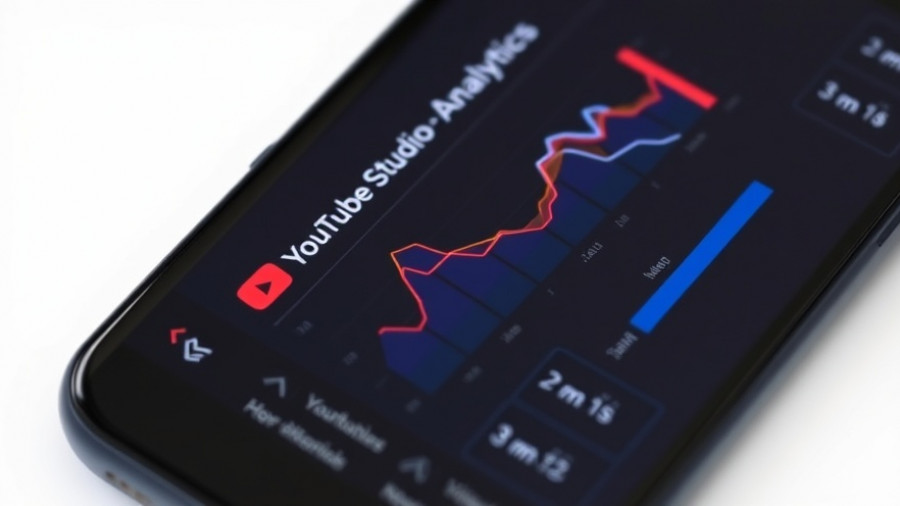
Understanding Lazy Loading and Its Effects on Page Performance
Lazy loading is a technique widely used in web development to improve page load performance by loading images only when they are needed. However, this approach has its pitfalls, especially regarding the Largest Contentful Paint (LCP), which measures how quickly the largest element in the viewport is displayed. Experts explain that lazy loading above-the-fold images can delay this crucial metric, potentially harming user experience and SEO rankings.
How Lazy Loading Impacts LCP
The Largest Contentful Paint (LCP) is a significant part of Google's Core Web Vitals, used to assess user experience. When images that are visually prominent, such as hero images, are set to lazy load, they aren't prioritized by the browser. This means the browser treats them as lower priority compared to other page resources that are essential for rendering. Martin Splitt, a Google engineer, emphasized this during a recent episode of Google's Search Off the Record podcast, stating that lazy loading visible elements can almost guarantee a slower LCP.
Why It's Important to Prioritize Visible Content
Visitors expect to see the main content of a website as quickly as possible. Delaying the loading of important images can make the site feel sluggish and frustrating. If a hero image, which is often the focal point of the webpage, is lazy-loaded, it can create a jarring experience for visitors and increase the bounce rate.
Exploring Alternatives to Lazy Loading
While lazy loading has benefits for images that are below the fold, using it indiscriminately can hinder performance. Many websites can benefit from natively supported loading attributes that prioritize the most critical elements while still maintaining performance. WordPress, for instance, has embraced native lazy loading, which removes the need for complex scripting, ensuring that images load promptly without jeopardizing LCP.
Verifying Your Website’s LCP with Google Search Console
Ensuring that your website maintains a strong LCP score is crucial for SEO. Using Google's Search Console, webmasters can inspect how their website renders images and check for potential lazy loading issues. By confirming that images are being freely addressed in the source code, developers create a more seamless experience for users and improve overall SEO performance.
Common Mistakes and How to Avoid Them
One of the most common mistakes developers make is relying on outdated lazy loading scripts that utilize nonstandard attributes for image sources. Splitt noted that some custom libraries can hide image URLs, causing Google to miss images during indexing. It's vital for developers to confirm that images utilize standard attributes for proper rendering and indexing. Failing to do so can severely impact visibility on search engines.
Final Thoughts on Lazy Loading and SEO Success
Developers need to carefully weigh the pros and cons of lazy loading in their web design. While it can enhance load speed for below-the-fold content, using it on crucial elements like hero images could lead to negative user experience and lower SEO rankings. Prioritize optimizing content that is essential for maintaining a healthy LCP to secure better performance on search engines.
 Add Row
Add Row  Add
Add 




Write A Comment